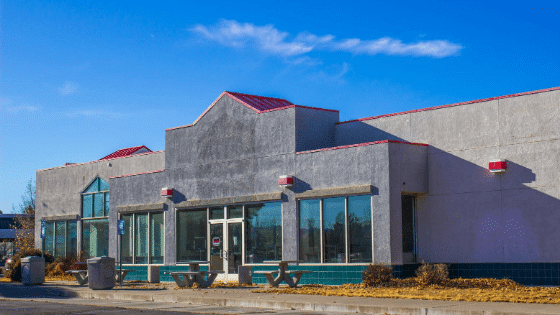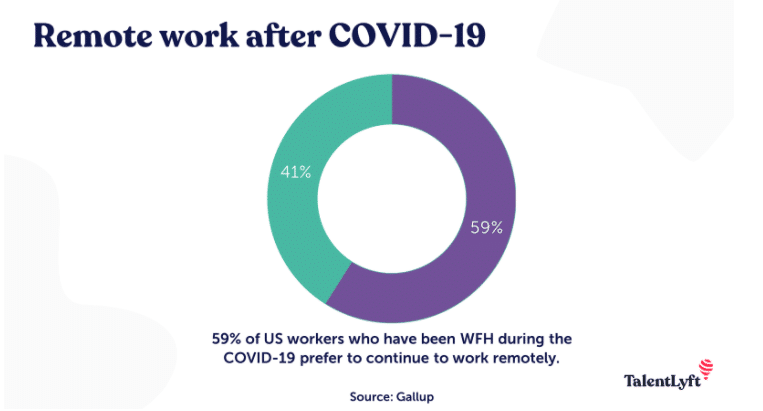One of the many big ideas emerging from the COVID-19 pandemic is the notion of “acceleration.” In other words, trends that were already well underway have seen years slashed off of their trajectory by the pandemic’s myriad disruptions to our business and personal lives. Here are a few examples of institutions being upended by digital acceleration.
Brick and Mortar Retail
People will go to stores again, and in fact, they have already begun to do so. According to Digitalcommerce360, online sales grew 55% in July, which is massive. However, in June, eCommerce jumped 76%. This dropoff is a signal that people are beginning to return to physical stores. Still, online retail’s market share has accelerated rapidly during the pandemic, and no one believes the ratio between online and in-store sales will return to pre-COVID levels. Not even close.
Retailers teetering before COVID have tipped over into bankruptcy. A partial list of retailers felled by the crisis includes J Crew, Nieman Marcus, JC Penney, Tuesday Morning, GNC, Lord & Taylor, Men’s Wearhouse, and others. Notice the list is heavy on department store brands that most would have already placed on death watch. But their demise was clearly accelerated by the crisis.
The so-called retail apocalypse was death by a thousand cuts before the pandemic. Now it’s more like a firing squad.

The Biz Dev Road Warrior
Business travel budgets faced growing scrutiny well before COVID. Skeptical CFOs are no doubt pleased to discover that enterprise sellers have demonstrated they can close six-figure (and larger) deals virtually. Before COVID, there was widespread acceptance that closing enterprise deals required flights, hotel rooms, and long sushi dinners. Will organizations unleash their biz dev road warriors post COVID? Yes, but with much higher travel justification thresholds.
No one wears this road warrior persona in our industry better than George Leith, EVP of sales at the Canadian marketing SaaS company Vendasta.
“We are about to announce a partnership that was started in June that is the biggest relationship that we have ever signed, and we did it virtually. Because we had to,” George said in a recent conversation. “Now, when we say we might start traveling again, [our CFO] says, ‘But you’re setting records without that investment.’ I think that is happening in a lot of organizations.”
Concerts, Conventions, & Congregations
Large gatherings — rock concerts, business conferences, megachurch services — will eventually return. But the pandemic has likely shaved years off of the virtual event’s adoption curve. A greater portion of the population will likely favor virtual alternatives to large gatherings going forward. For health reasons, out of cost concerns, or just because they prefer the virtual experience.
Hybrid live/virtual events will likely become the norm.
Why hybrid? When it comes to business events, the virtual experience has proven pretty effective at delivering content. However, a key reason many people attend these events is to network. So far at least, virtual events have failed to offer a suitable alternative to the face time in-person events offer. For this reason, the business conference will survive. But as our previous point made clear, the justification bar for attending events will be raised.
And as a fan of live rock shows, I share Dave Grohl’s view that their return is also more a matter of when than if.

The Central Business District
Depressed downtowns with empty office buildings and boarded up storefronts, particularly in smaller rustbelt type cities, were a feature long before COVID. But the pandemic now threatens even thriving business centers, from Chicago to New York to San Francisco. What happens to all those gleaming downtown office towers (or manicured suburban campuses for that matter) when companies completely rethink their workplace models and dramatically reduce, or even eliminate, their commercial real estate footprints?
There are reportedly four billion square feet of office space in the United States. While many companies will re-occupy this space post-pandemic, many others will reduce their office footprints. And some will go 100% remote. A dramatic reduction in demand for office space seems like an inevitable and long term trend. And again, this was happening pre-COVID. The pandemic put it into hyperdrive.
What will happen to all this unused space? Some of it may be converted to housing. This might help eliminate another big city scourge. The grossly overpriced apartment.

The Face-Time Driven Work Culture
This is a close cousin of the dying central business district. And at least a step-sibling of the endangered biz dev road warrior. The notion that you need to be in the office to move up the ladder falls apart quickly when those in positions of power are working remotely. It’s unrealistic to think every company will go 100% virtual after the crisis subsides. But it is equally unrealistic to expect a return to the pre-COVID “normal” at any given organization. As the graphic below shows, a majority of workers would prefer to continue to WFH. But a substantial minority is itching to go back to the office.

We anticipate a hybrid model combining work from home and an office setting, with workers having a choice between the two. Some leading tech companies are setting an example by moving to such office-optional policies.
The concept of what it takes to move up in an organization was already changing. It will change further as a result of COVID’s impact on the workplace. One risk this presents is exacerbating the workplace generational divide. The conventional wisdom is younger workers are more likely to miss the camaraderie of the office. Older workers would rather skip the commute.
Another angle is the shift to more remote work could, theoretically, help those who are good at their jobs but not as good at building personal relationships (i.e., schmoozing). It may also help level the playing field for members of groups routinely overlooked when it comes time to dole out promotions, raises, and bonuses. We expect this question of whether WFH actually improves inclusivity to be heavily studied in the coming years.
Office politics in the WFH era was examined in a recent Fast Company article, which took a skeptical view of the demise of Machiavelian games or water cooler gossip.
If There’s a Curve, COVID Has Shortened It
These are just a few examples of COVID-induced changes to our personal and business lives that will outlive the pandemic. To one degree or another, COVID-19 has accelerated whichever long-term path these institutions were on. What accelerated trends would you add to this list?
Localogy will have much more to say about COVID’s impact on remote work and the technology that supports it in an upcoming report.
More from Localogy Insider





